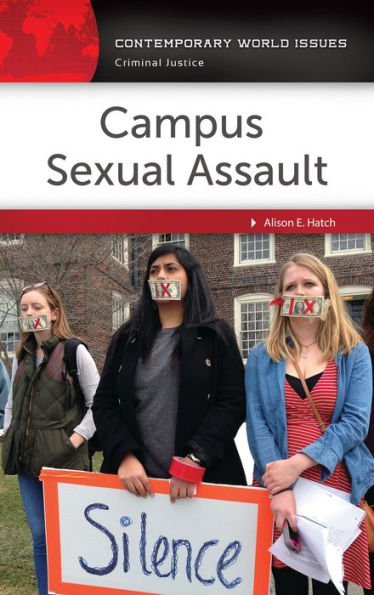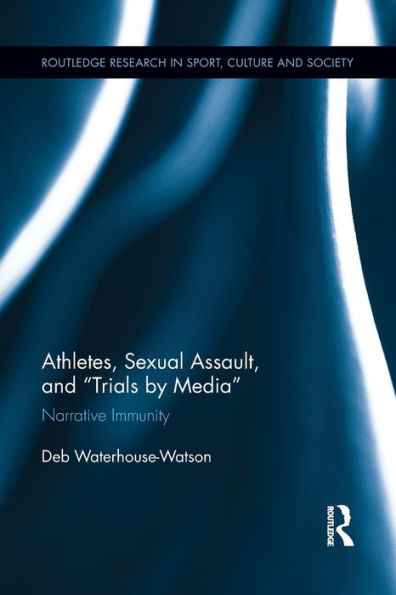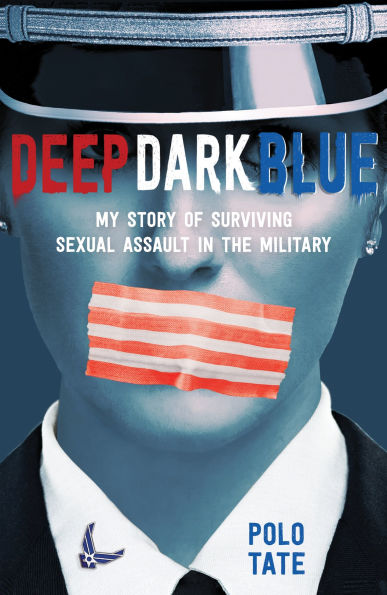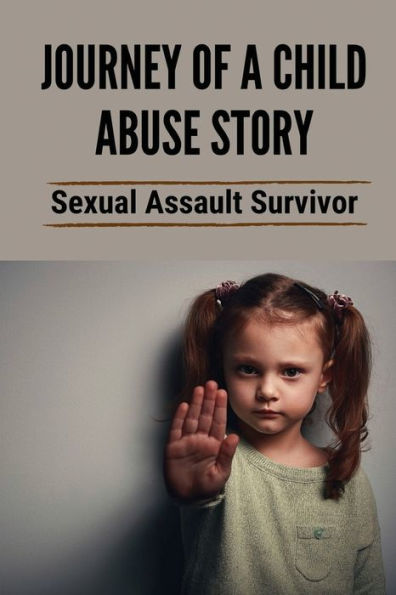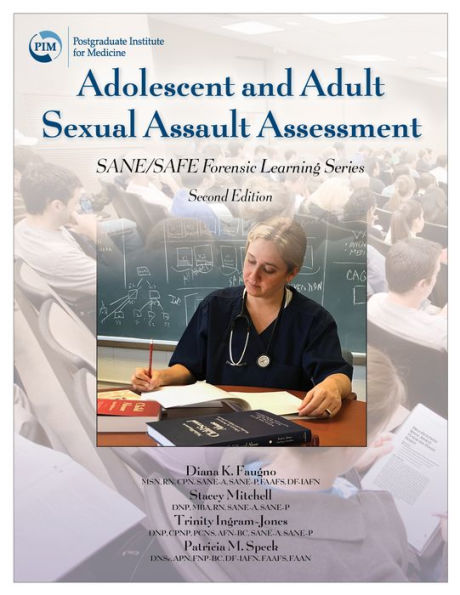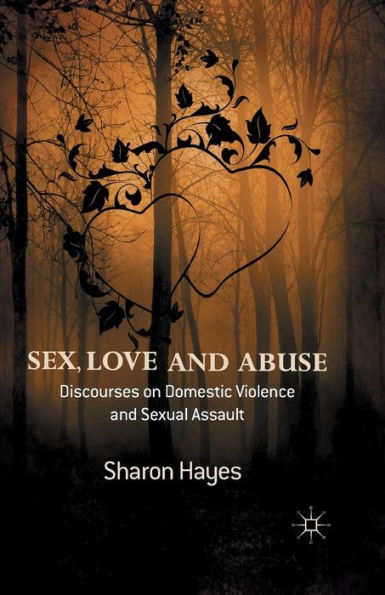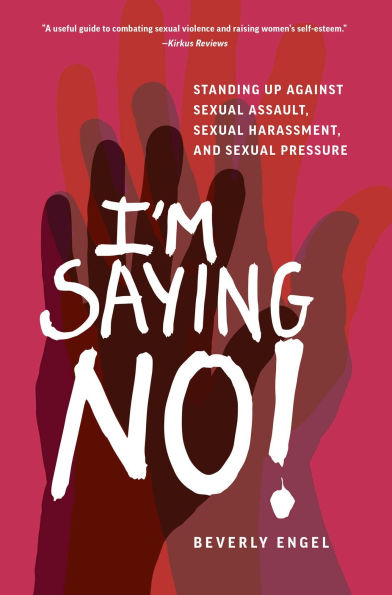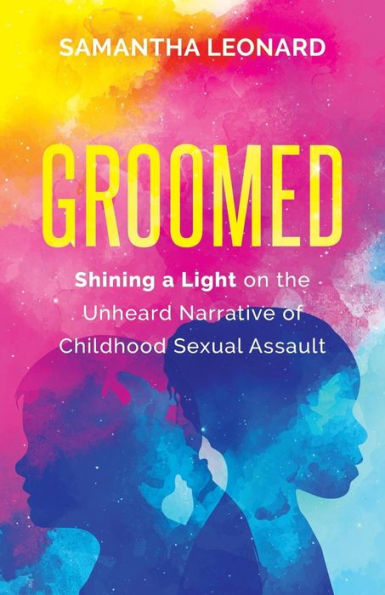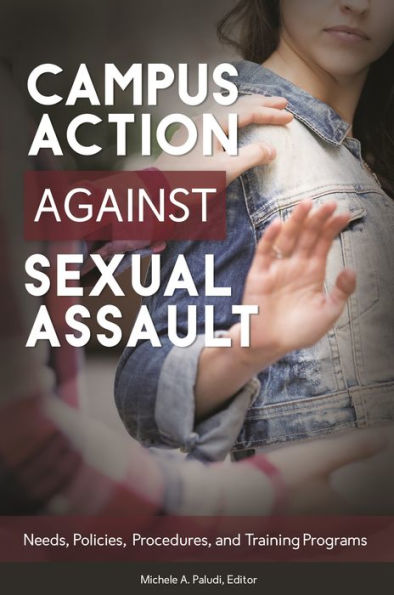Home
Sexual Assault Among Latinas
Loading Inventory...
Barnes and Noble
Sexual Assault Among Latinas
Current price: $14.95


Barnes and Noble
Sexual Assault Among Latinas
Current price: $14.95
Loading Inventory...
Size: OS
*Product Information may vary - to confirm product availability, pricing, and additional information please contact Barnes and Noble
The Sexual Assault Among Latinas (SALAS) Study adds to the literature by using a national sample of Latino women to determine the extent of sexual victimization alone and the overlap of sexual victimization with other forms of victimization. Additional distinguishing components of SALAS includes an investigation of formal and informal help-seeking responses; inclusion of culturally - relevant variables such as religiosity, gender role ideology and acculturation in relation to victimization and help-seeking; and assessing the psychosocial impact of sexual victimization on psychological distress and posttraumatic symptomatology.A national sample of 2,000 adult Latino women living in high-density Latino neighborhoods participated. Trained professionals from an experienced survey research firm conducted interviews over the phone in either English or Spanish, from May through September 2008. Respondents were queried about lifetime victimization, help-seeking efforts, acculturation, religiosity, gender role ideology, trauma symptoms, and post-traumatic symptoms. Respondents were on average 47.76 years of age and largely foreign-born (72.4%).The lifetime rate of sexual victimization was 17.2% with 87.5% of sexual victims experiencing another form of victimization (physical, threat, stalking or witness) within their lifetime. Sexual victimization mostly commonly occurred with physical victimization in childhood (47.3%) and threatened victimization in adulthood (55.9%). Victims of child sexual assault were more likely to experience any form of adult victimization (OR = 4.59, p < .001) than non-victims. The rate of formal help-seeking was 21% and the rate of informal help-seeking was 60% among those who selected a sexual victimization as their most distressing event. Medical attention was mostly commonly sought among injured sexual victims (41%) and friends (31.7%) and family members (30.9%) were the most common confidants. Anglo acculturation was associated with increased odds of sexual victimization (OR = .98, p < .001) and formal help-seeking (OR = 1.10, p = .04). PTSD and trauma symptoms were associated with total number of sexual assaults, but best explained by total victimization count.Latino women face substantial sexual victimization and other forms of victimization at each life stage. However, linkages to services are still weak and can be addressed by building on the strengths and cultural traditions of Latino women. We recommend using medical settings as an intervention point and educating the larger community of available services, so that family members and friends can educate each other. The significant overlap in victimization found calls for thorough assessments in clinical settings and more refined measurement in future research.
